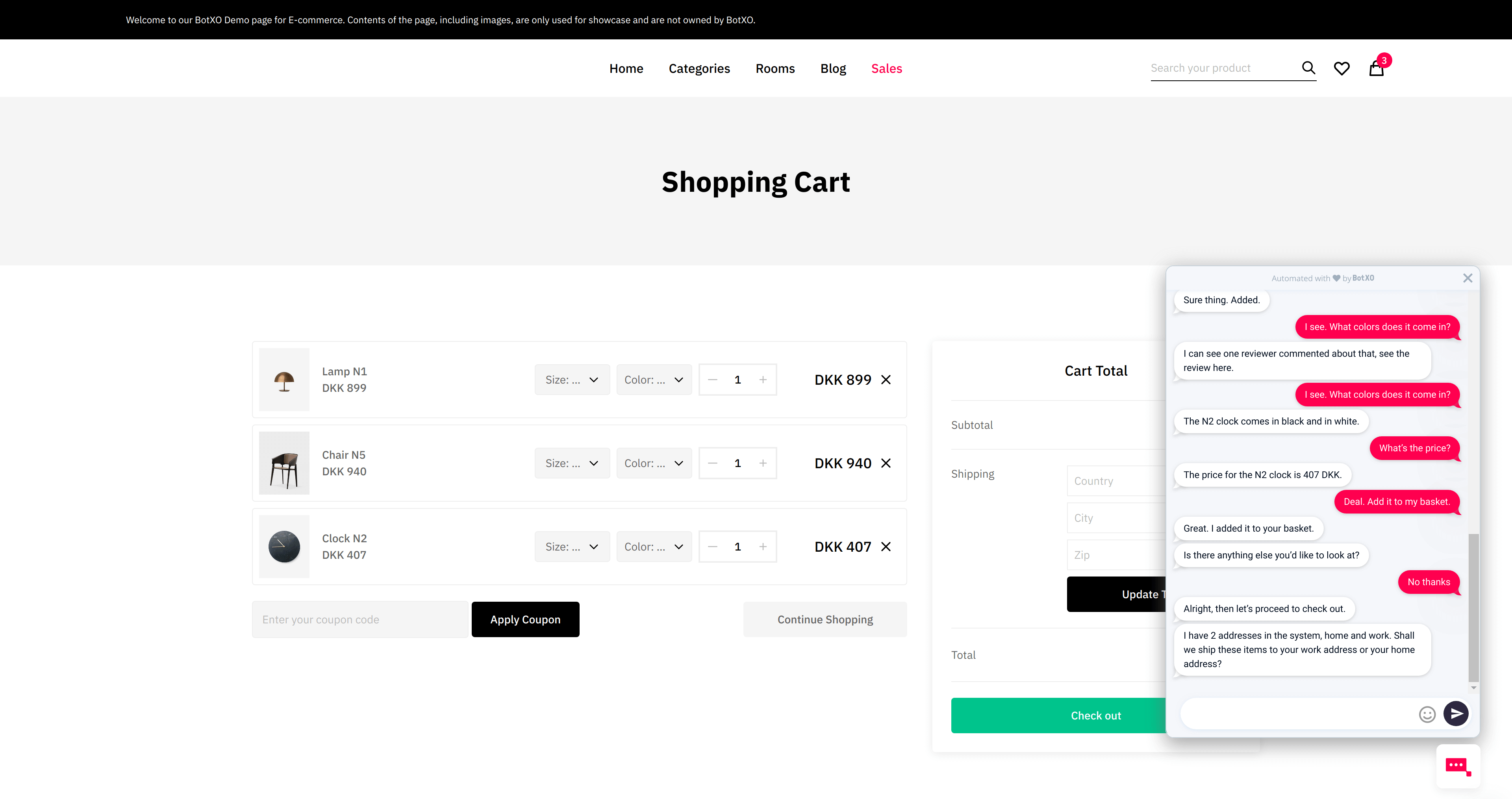Ever since the early days of the web, when URLs would be published including the leading “www”, websites and the internet have been business drivers. The whole concept of e-commerce simply didn’t exist thirty years ago, but today, online shopping and the technology underpinning it are practically unrecognizable from the ways they used to operate, even around the turn of the millennium.
Even so, to date, there are few breakthroughs in technology that can change the commercial landscape online. One such possibility, indubitably, is AI.
When it powers smart, interactive interfaces, artificial intelligence can dramatically lower operators’ costs (bots are cheaper than human assistants) and engage with website visitors in ways that neither a human helper nor the technology of three years ago can match.
The conversational web is a very new concept; it has the capability to change the way that consumers interact with retailers, and to produce the next generation of customer experiences: rich, interactive, clever, informed, and helpful. If your concept of a web assistant is a pretty dumb call-and-response affair that’s best left ignored in the bottom right of a website, think again! The conversational web, and specifically conversational commerce, is a reality, and it’s capable of changing the online shopping landscape.

Source: BotXO
The science part
To understand the concept, and to give some insights into the possibilities, it’s useful to cover off some key points. The first is data silos, or rather, their dispersal, thus allowing smart, AI algorithms access to the complete range of relevant information in the organization.
Thanks to cookies, websites have had access to visitors’ browsing history for years, to one extent or another. But on the conversational website, the bot also has access to the customer’s shopping history, transcripts of interactions with customer care agents in the past, tastes and previous choices, and much more. In fact, every piece of relevant information is accessible and utilizable in ‘conversation’.
Most consumers are very much inured to the robotic recommendations made by just about every digital system they come into contact with, of course. Therein stems a problem: recommendation engines don’t take into consideration the fact that people shop for gifts for others.
So conversational commerce goes well beyond the level of “people who bought X have also bought Y”. AI’s secret sauce is its capability of pulling together discrete data streams to form a coherent picture. For instance, cross-selling or up-selling recommendations can be made with specific regard to knowledge of the shopper’s taste and budget, including vital information like what they might have returned in-store in the past, or a style that has caused them to call into the support centre and complain.
And the system is smart enough to realise that a customer who’s proven by data to be an unreconstructed bodybuilding bricklayer may buy his toddler daughter a princess outfit, but such a purchase shouldn’t necessarily create recommendations for fluffy unicorn toys!
Interaction and interactivity
The conversational web is a rich and immersive place. It’s an environment that creates positive and hyper-personalized experiences. Critically, the conversational e-commerce site is interactive too.
Once given permission by the customer, smart bots can show different information (or open web pages) on behalf of the customer, or float relevant information in a JavaScript pop-up, show a video that showcases a product, or even check out a customer’s basket on their behalf.
Immersive experiences can be created for both the web and in apps, the richness and particular content of which are determined by the context. An interactive assistant could be allowed to take over an app and guide the user around, or a website can interactively showcase a new product range or targeted sales items — the choices are there for the forward-looking retailer to explore.
Getting to the smarts
The technology of the conversational commerce website, app or voice assistant add-on is available right now, and is accessible and doesn’t necessarily require a team of programmers and data scientists to get started. The award-winning company behind the technology, BotXO has developed a Conversational Commerce framework which can be used by retail professionals with any or no programming experience. For developers, there is a range of open APIs and web hooks for highly integrated solutions, but a working AI bot for a website can be created with no programming knowledge at all.
Interactive and interoperable, the bot creation system allows any programmers at any level to access all relevant data in the enterprise to create an immersive and personalized customer experience. During any customer interaction there is, of course, the possibility for seamless human handover at any stage of the conversation. The bots fit into what customer care professionals call a seamless omnichannel experience, so customers don’t have to re-establish their identity as they move from bot to human and back to bot again during their interactive journey.
To learn more about this new era in online interactions – and the next generation of smart assistants that create personalised and immersive experiences – request a demo from BotXO for your own personalised introduction.









